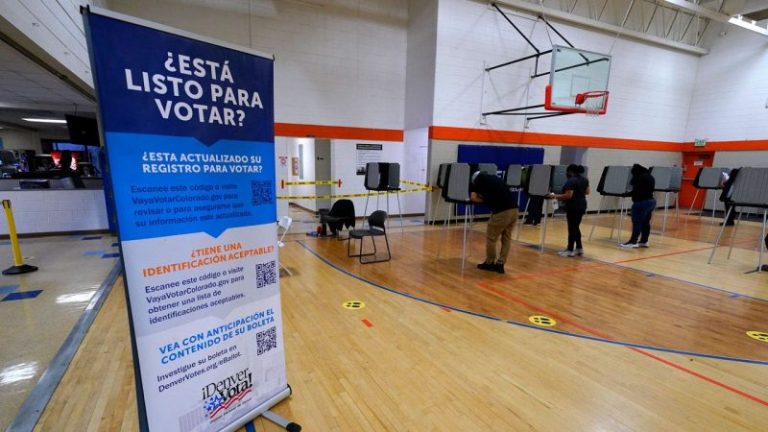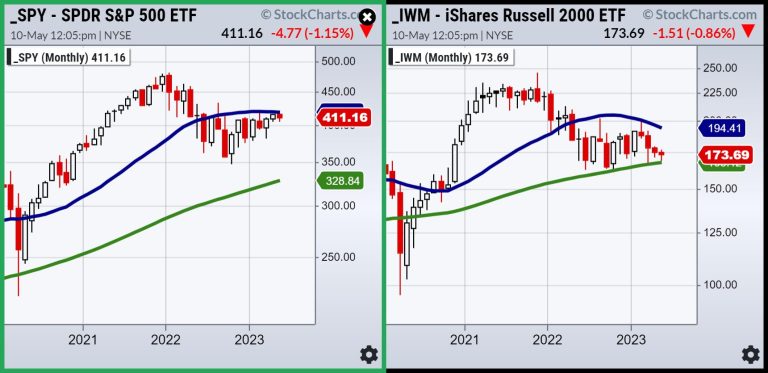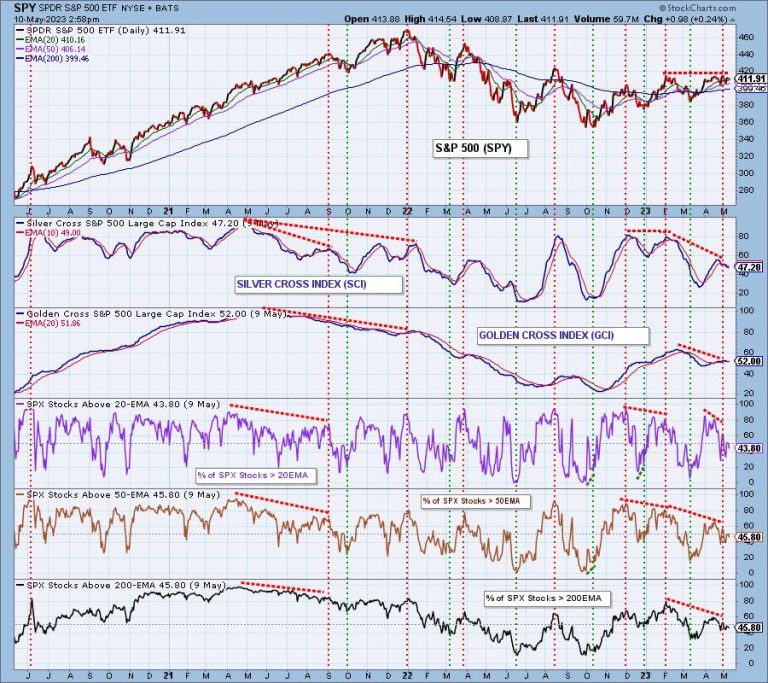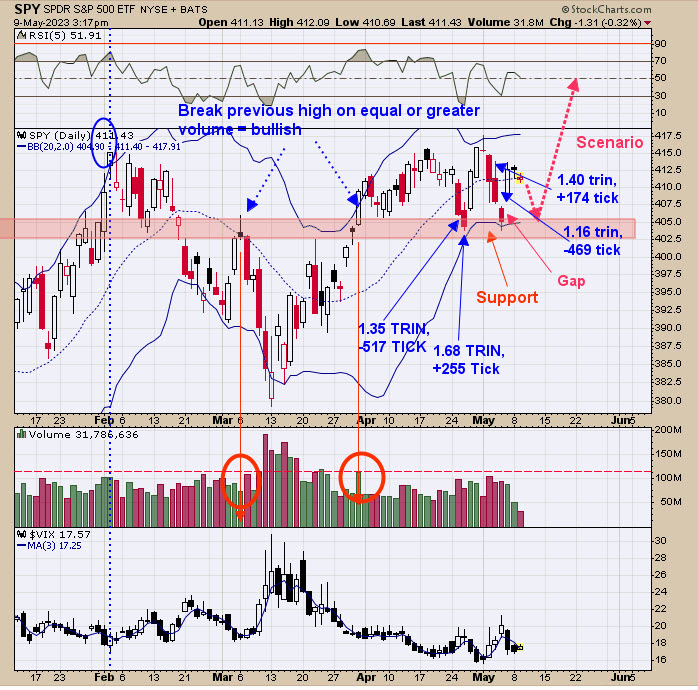Gov. J.B. Pritzker on Wednesday signed a law providing full disability benefits to Chicago police officers and firefighters struck by COVID-19 before vaccines were available, presiding over an emotional statehouse ceremony which marked the end of a financial struggle for responders including the brother of Comptroller Susana Mendoza.
The Act-of-Duty law, HB3162, ensures disability benefits of 75% of salary plus health insurance for anyone unable to work after contracting the coronavirus from March 9, 2020, when the flare-up intensified in Illinois, until June 30, 2021. The law grants them the presumption that they picked up the illness on the job.
Pritzker said after COVID-19’s arrival in early 2020, police, fire and medical personnel were both a line of defense and a lifeline.
‘Our first responders were key to our national response, transporting infected patients to hospitals, disbursing masks and testing kits or providing care to those in distress…,’ Pritzker said. ‘But even with social distancing, masks and mitigations in place, many of our first responders became infected with COVID-19.’
Mendoza’s brother, 58-year-old police Det. Joaquin Mendoza, was a veteran officer who worked the midnight shift. With no spouse or children, the comptroller said work was his only focus. In November 2020, when the city canceled days off, he worked 17 straight days, woke up one morning with a cough and two days later was rushed to the hospital with COVID-19.
He moved in with his sister and her family and since then, he’s had five strokes and lost both kidneys, requiring thrice-weekly dialysis. But the Policeman’s Annuity and Benefit Fund of Chicago denied his claim for full disability because there was no proof that he contracted the virus on the job. The board also denied Officer Diana Cordova-Nestad.
‘This has been the most hellacious experience…,’ Mendoza said. ‘I don’t want any police officers to feel that their only recourse is to recognize that they’re worth more dead than alive and decide to eat a bullet because they don’t want to deal with this. … I know it sounds dramatic, but it’s real.’
Mendoza said she know of about 20 others who will benefit from the law — after her brother and Cordova-Nestad were denied, no one else sought benefits.
‘It’s a small universe… so you’re not talking about opening up the floodgates,’ she said.
Joaquin Mendoza had planned to attend the bill signing but underwent surgery again on Tuesday and remains hospitalized.
‘He told me that maybe it had to happen… because he’s the only one with a sister who knows how to navigate this crazy system and can right the wrong for brothers and sisters on the force,’ the comptroller said.










